Mahabharat Drama Review: The Mahabharat is one of the foundational epics of ancient Indian literature. It’s a vast and complex tale of warring families, moral dilemmas, philosophical discourse, and the eternal struggle between good and evil. Many television adaptations have been made, the most popular ones being B.R. Chopra’s 1988 series and the 2013 Star Plus version.
The Story
The core conflict of the Mahabharat revolves around the rivalry between two sets of cousins – the righteous Pandavas and the power-hungry Kauravas. This conflict culminates in the devastating Kurukshetra War, a battle that shakes the foundations of their world. Interwoven throughout this central narrative are countless subplots, character arcs, and philosophical explorations about duty (dharma), ambition, sacrifice, and the consequences of actions.
Strengths
- Source Material: The Mahabharat draws its strength from a timeless source. Its characters are archetypal, its dilemmas universal, and its exploration of human nature deeply profound.
- Production Value (2013): The 2013 Star Plus adaptation is visually stunning, boasting elaborate sets, costumes, and special effects that brought the epic world to life in a way unseen before in Indian television.
- Performances: Notable acting performances breathe life into the iconic characters. Actors like Saurabh Raj Jain (Krishna), Shaheer Sheikh (Arjun), and Pooja Sharma (Draupadi) are often singled out for praise.
Weaknesses
- Pacing: The sheer scale of the Mahabharat can make it a daunting watch. Some adaptations suffer from slow pacing, especially in the lead-up to the war.
- Interpretations: Like any retelling of a classic, some creative liberties are taken. Occasionally, artistic license can lead to deviations from traditional interpretations of characters or events, potentially irking purists.
- Accessibility: The Mahabharat is steeped in Hindu philosophy and cultural references. Those unfamiliar with Indian mythology might find some aspects of the story challenging to fully grasp without additional context.
Legacy and Impact:
- Cultural Significance: The Mahabharat occupies a central place in Indian culture, influencing art, literature, music, and social practices. Watching the Mahabharat can offer deeper insight into Indian beliefs and values.
- Enduring Relevance: The themes explored in the Mahabharat transcend time and culture. Debates on justice, duty, and the consequences of choices remain relevant even in the modern world.
- Contemporary Adaptations: The story of the Mahabharat continues to be retold and reinterpreted in various forms, including television shows, movies, graphic novels, and even video games. This constant retelling ensures the epic’s continued relevance and engagement with contemporary audiences.
Additional Points to Consider:
- Spiritual Significance: The Mahabharat is not merely a historical or mythological tale; it also holds significant spiritual meaning for many Hindus. The Bhagavad Gita, a philosophical discourse embedded within the epic, offers insights into karma, dharma, and the concept of self-realization.
- Diverse Interpretations: The complexities of the story have led to diverse interpretations over the centuries. Different versions and retellings may emphasize different characters, perspectives, and lessons learned.
Appreciating the Mahabharat:
Approaching the Mahabharat requires an open mind and a willingness to engage with a cultural and religious context different from one’s own. While prior knowledge of Hinduism may be helpful, understanding the broader themes and appreciating the storytelling techniques can enrich the viewing experience.
Ultimately, the Mahabharat is more than just a television show; it’s a window into a rich and diverse culture, a reflection of human complexities, and a wellspring of philosophical and spiritual thought.
Overall Assessment
The Mahabharat remains a timeless and captivating epic. Television adaptations offer a chance to experience this grand saga for both long-time enthusiasts and those encountering it for the first time. Here’s what makes it worth watching:
- Moral Ambiguity: The Mahabharat challenges the idea of simple good versus evil. Its characters are nuanced, often forced to make impossible choices, leading to fascinating debates about right and wrong.
- Philosophical Depth: Within the narrative are embedded discourses on various aspects of life – duty, ambition, love, loss, and the search for meaning – themes that still resonate with a modern audience.
- Visual Spectacle (2013): The newer adaptations, with their enhanced production value, offer a visually immersive experience, transporting viewers into a world of kings, warriors, and divine beings.
While some versions might suffer from pacing issues or creative liberties, the Mahabharat remains a must-watch for those interested in epic storytelling, Indian mythology, or exploring the complexities of the human condition.

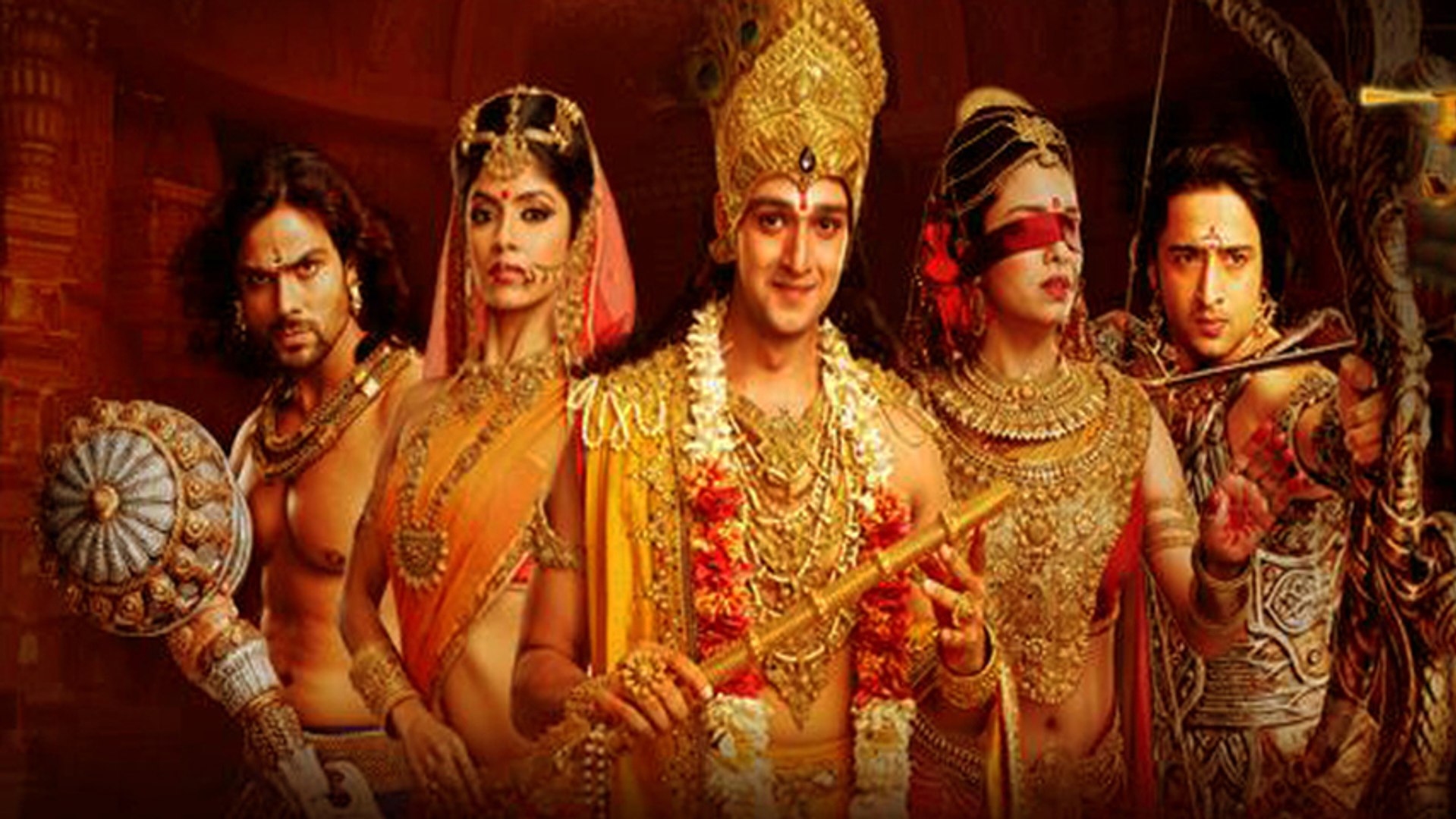
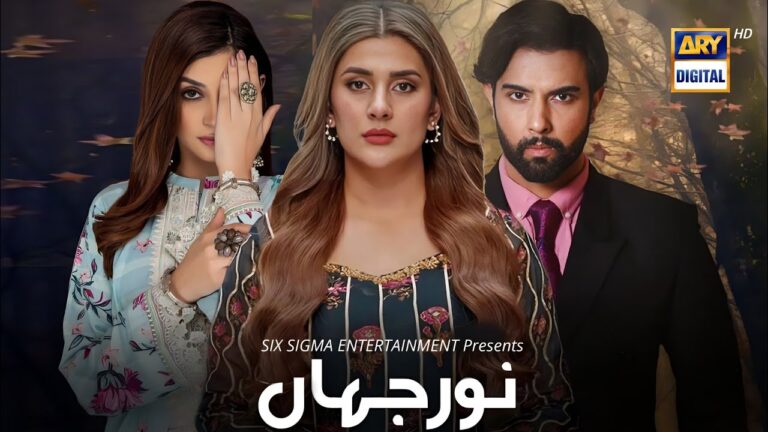
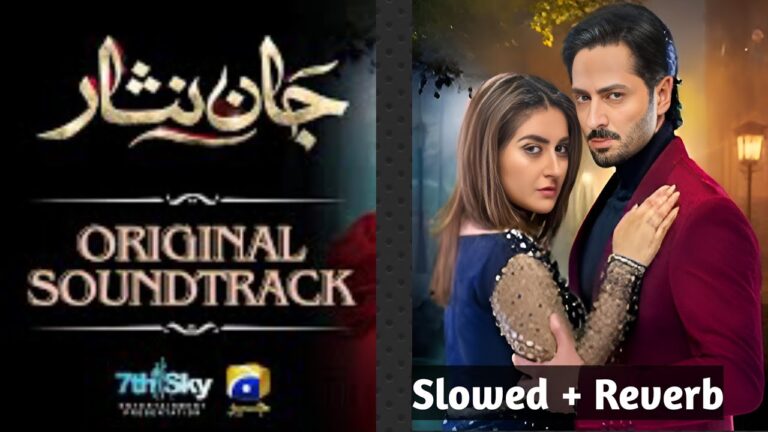
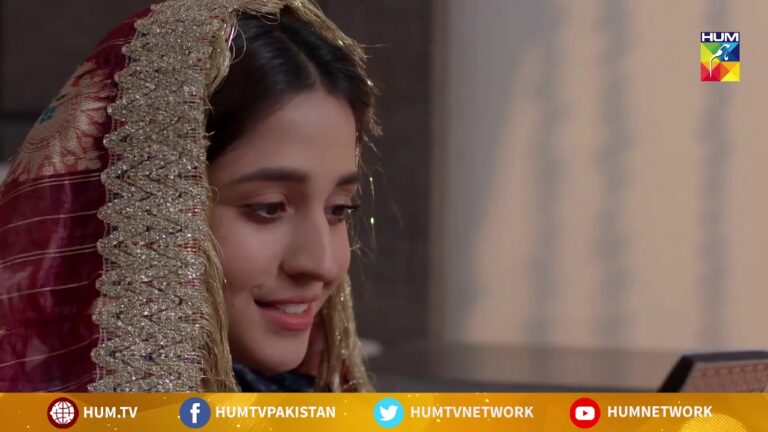

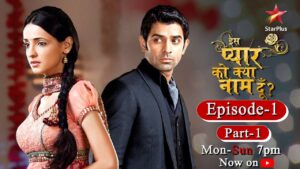
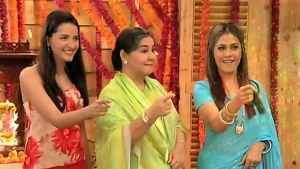
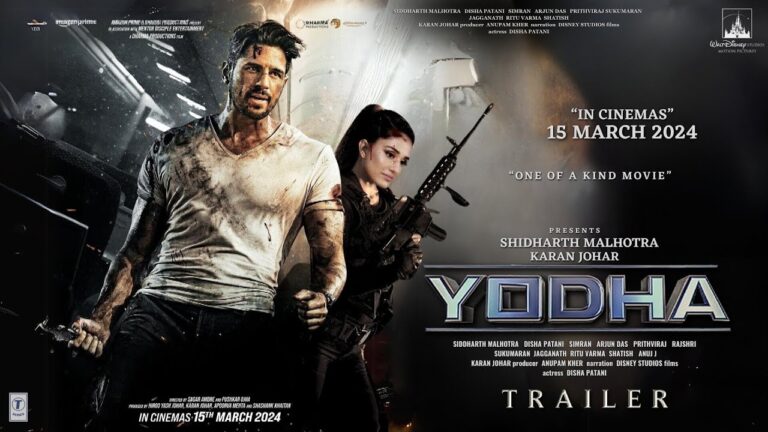

+ There are no comments
Add yours